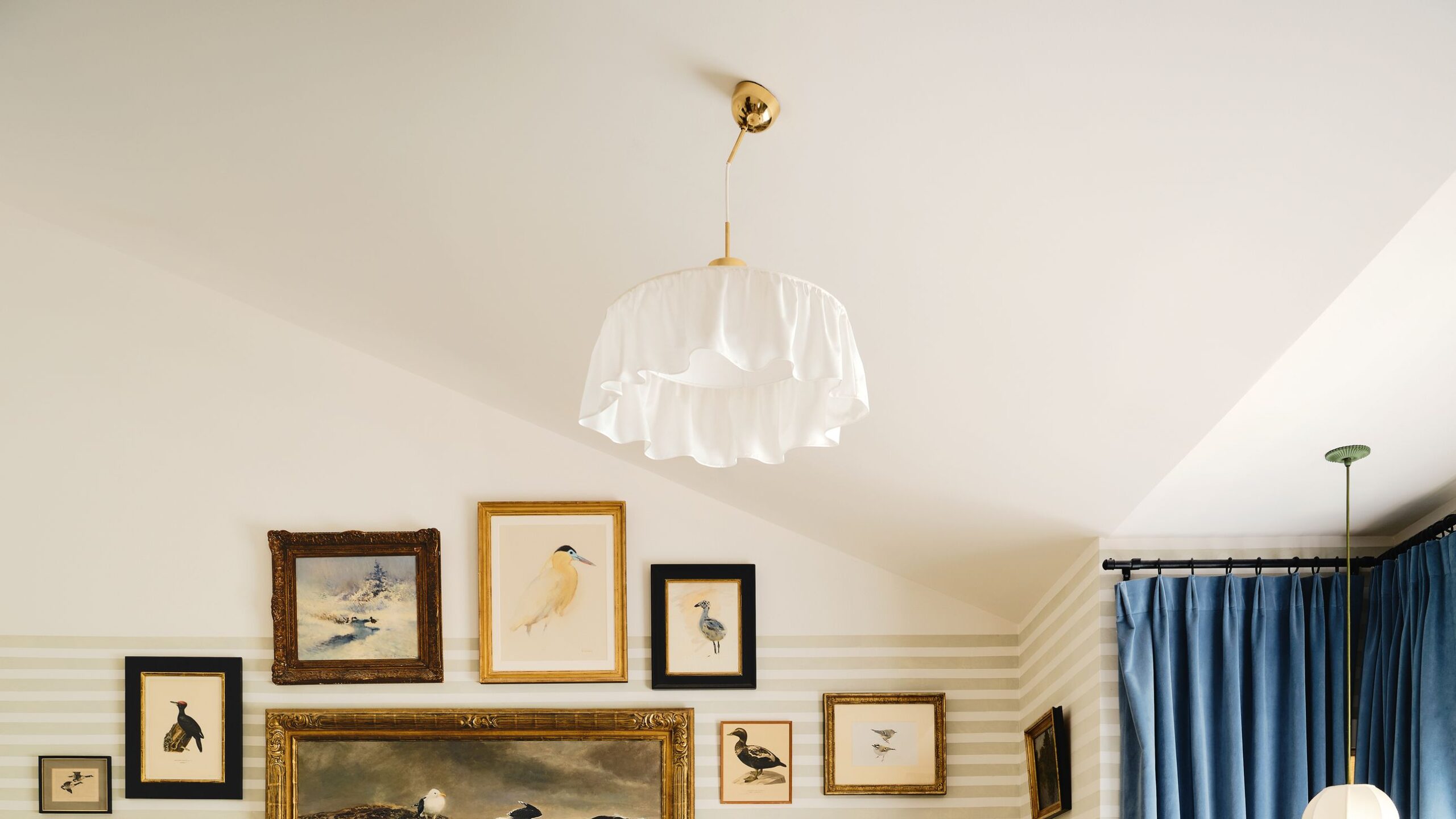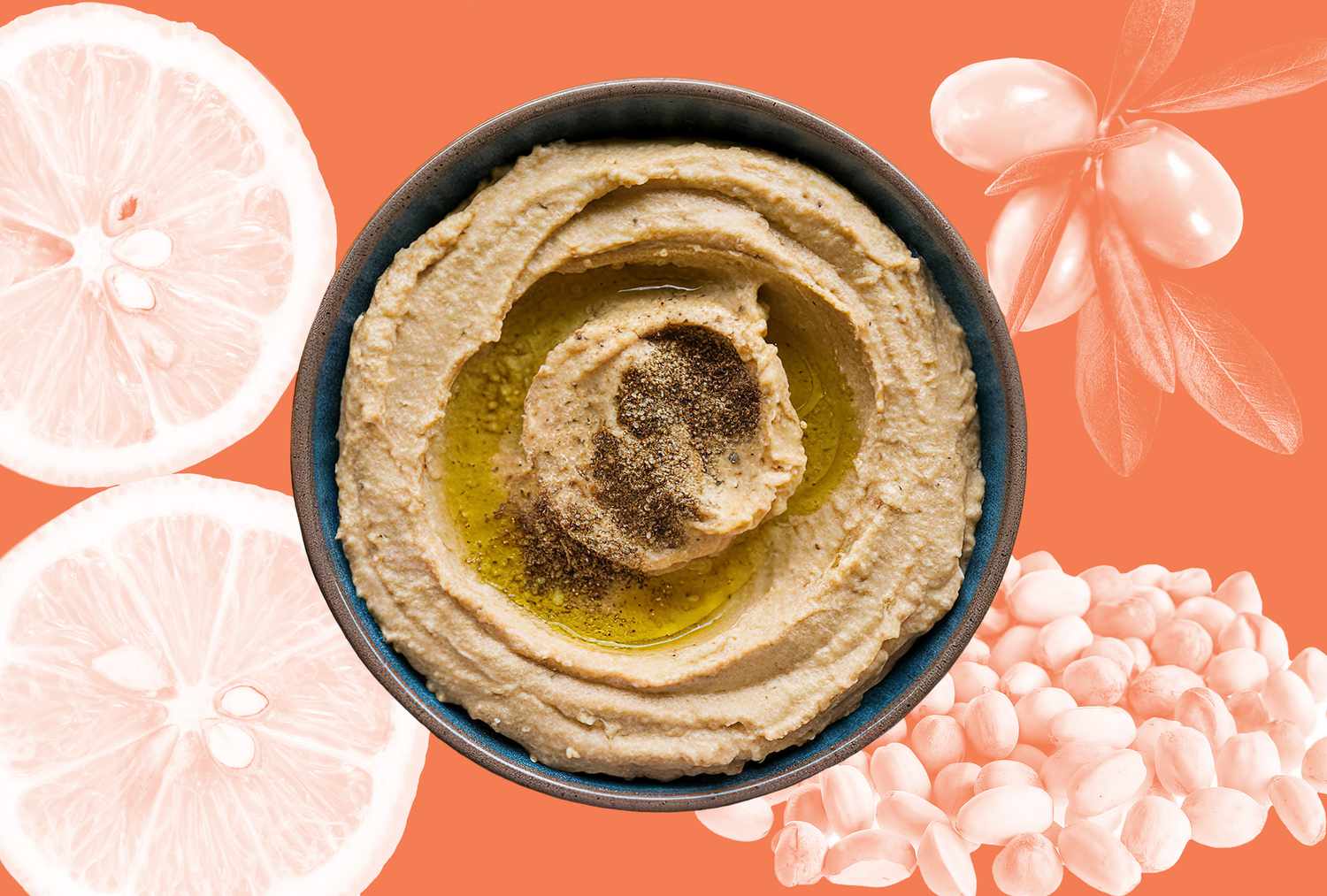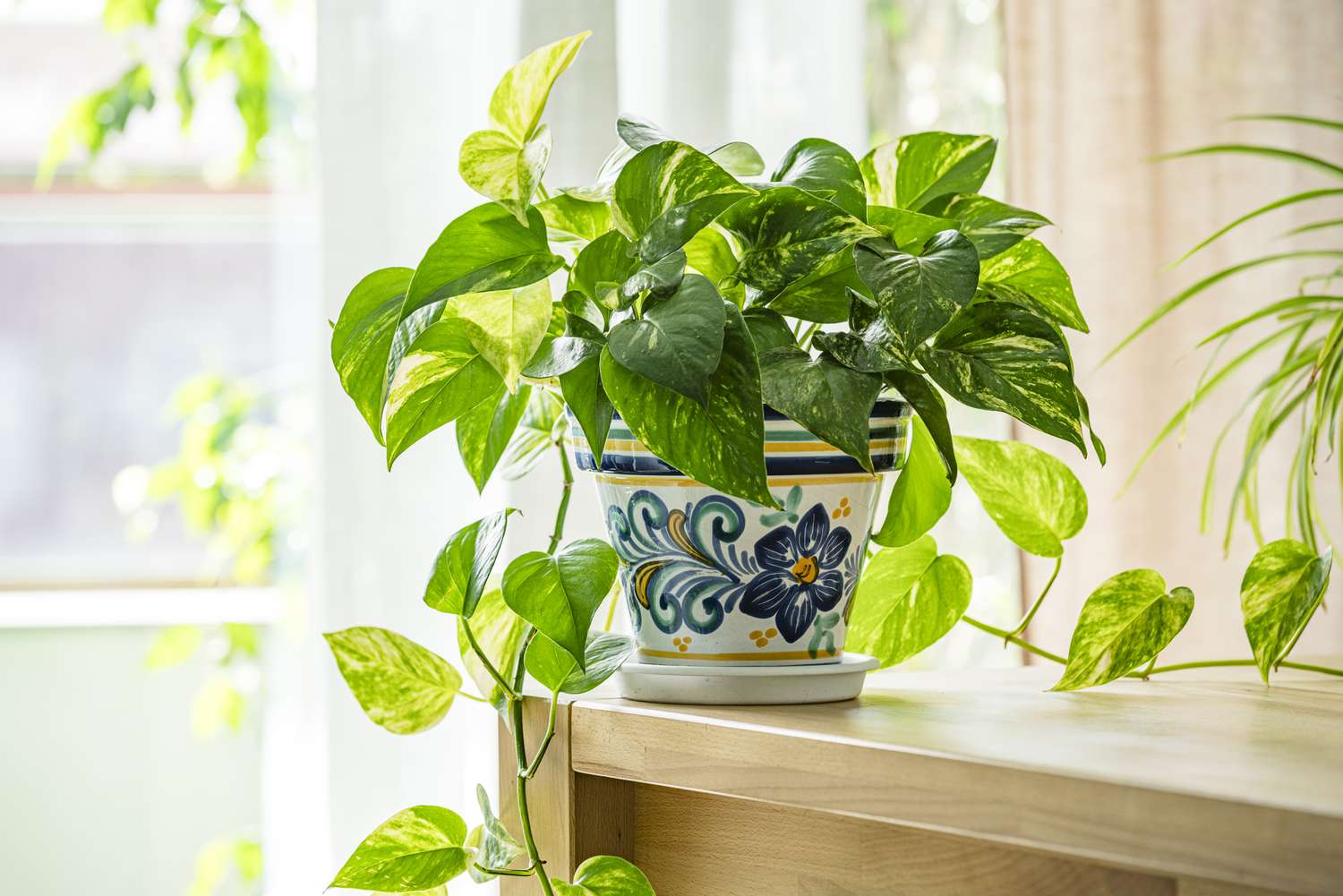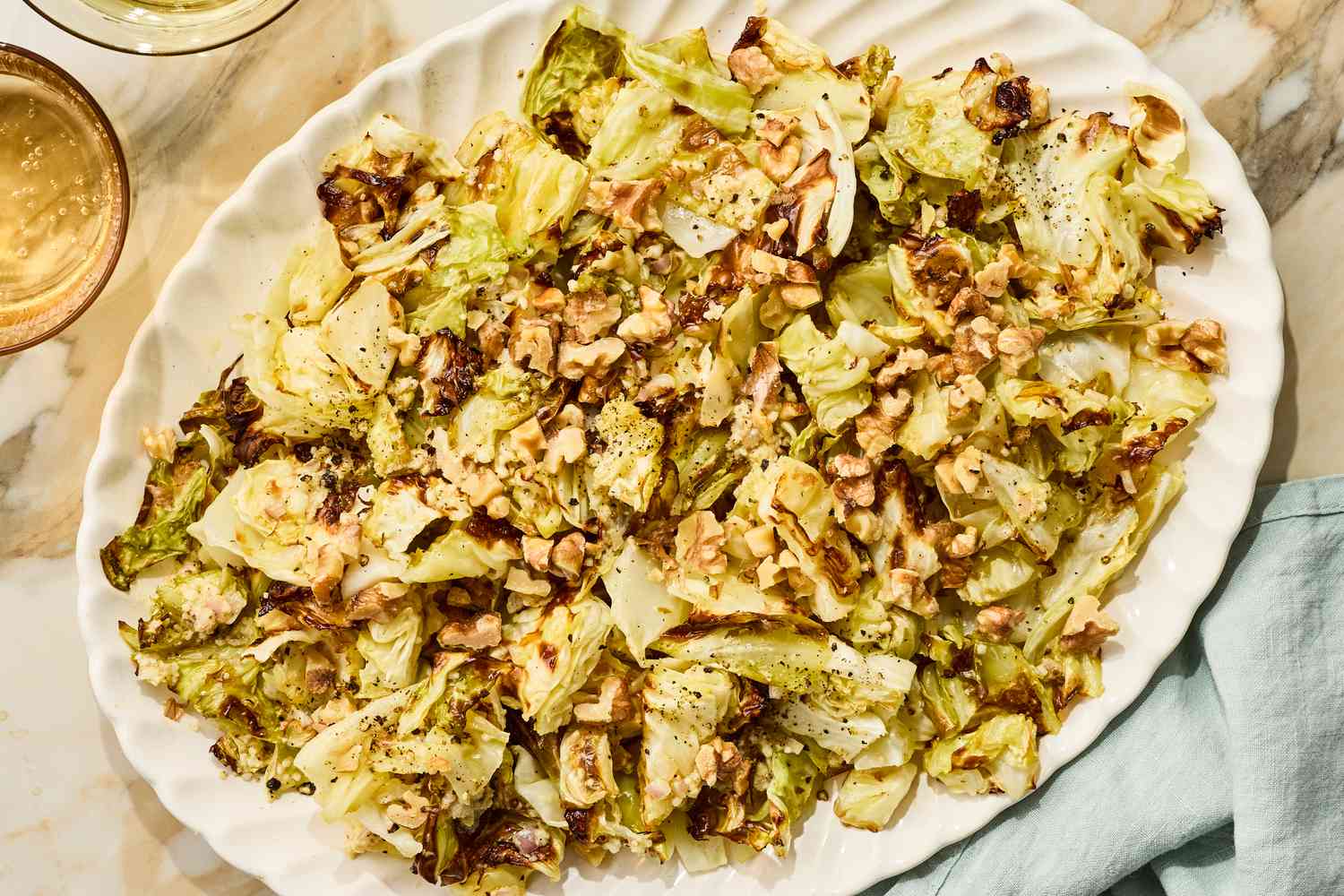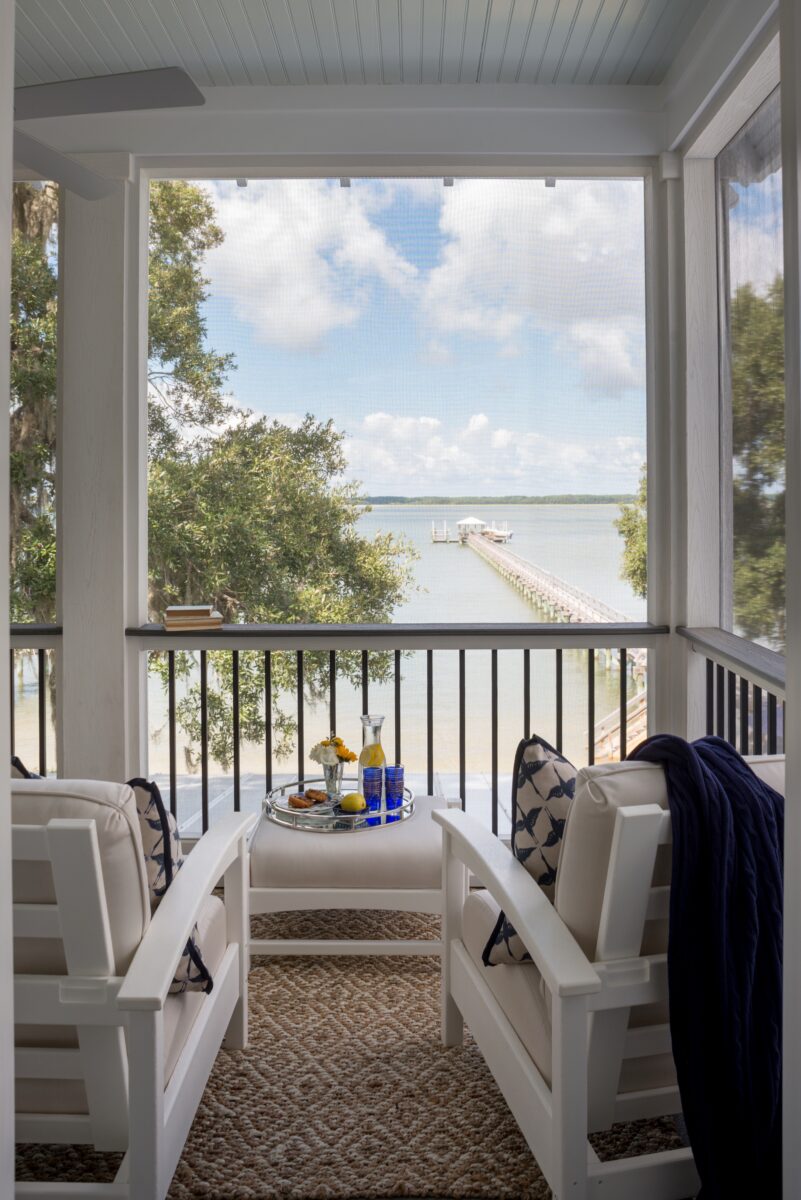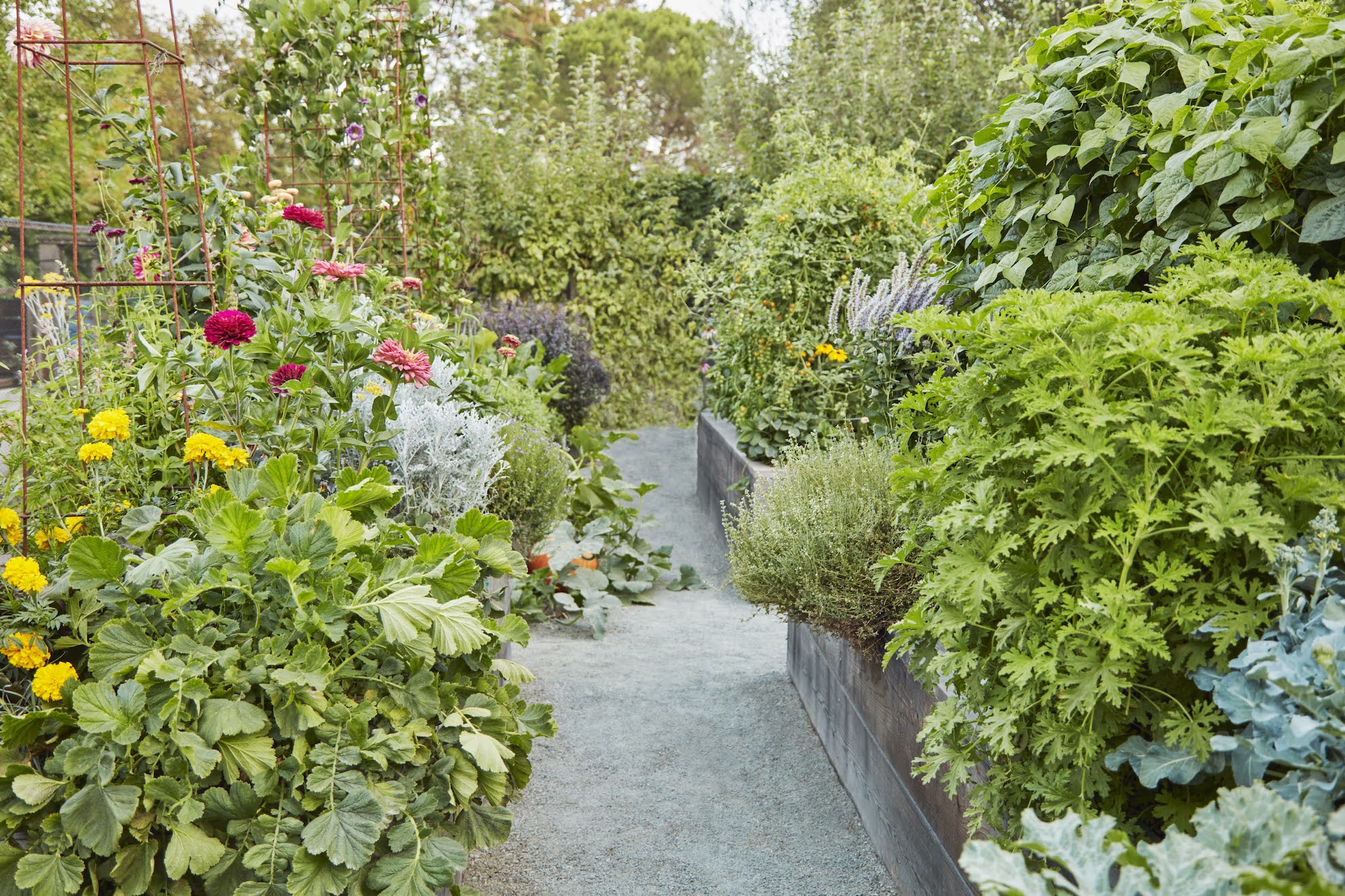
A Beginner’s Guide to Gardening and Growing in Raised Beds
For more of Art’s kitchen garden tips, see Ask the Expert: How to Create a Beautiful Edible Garden.
What is the best material for raised beds?
Raised beds are traditionally made using naturally rot-resistant cedar. But, honestly you can build the bed wall with almost any material that will contain the soil, including stone, woven willow, and concrete. For vegetable and herb gardens it is important to avoid using pressure-treated lumber, which can leach heavy metals into the soil. Untreated, naturally rot-resistant lumber is the gold standard of building materials.
We admire stained and painted raised beds in gardens, such as Swedish designer and entrepreneur Agneta Enzell’s black raised beds. Be sure to use eco-friendly stains and paints that are safe to use on edible beds (consider pine tar.)

Can I make my own raised garden beds?
A raised garden bed is an easy DIY project. Essentially you build a bottomless box. Google “DIY raised garden bed” and you can choose from among dozens of projects. One of our favorites is: Martha Stewart’s How to Build a Raised Garden Bed.



